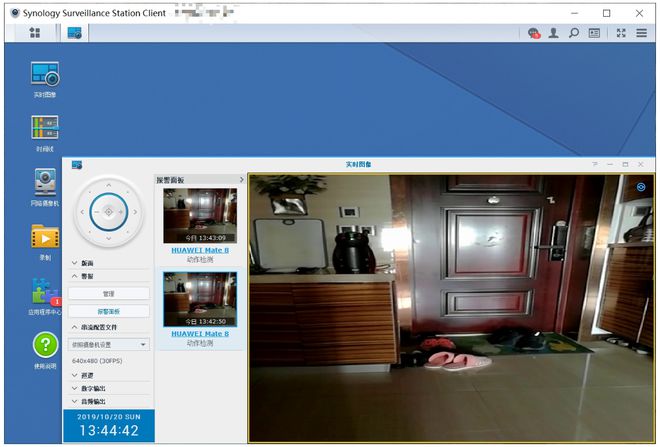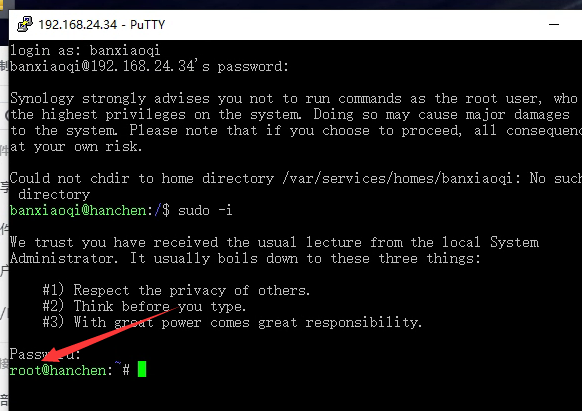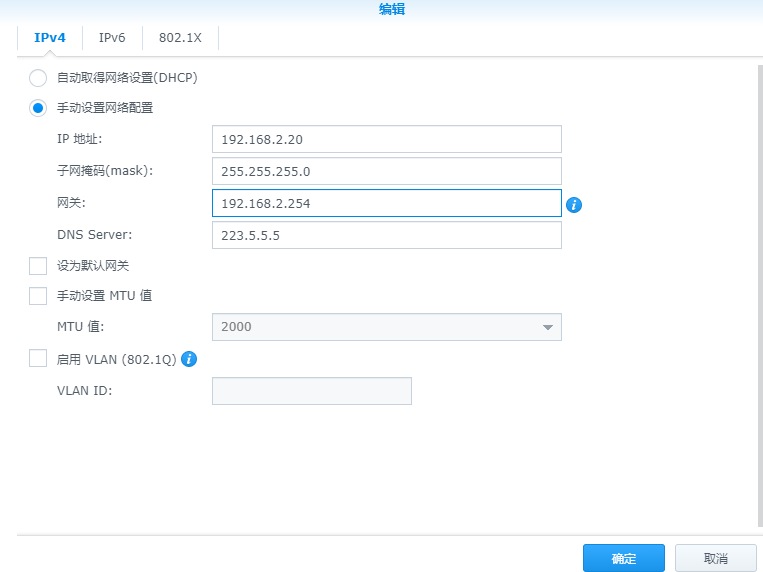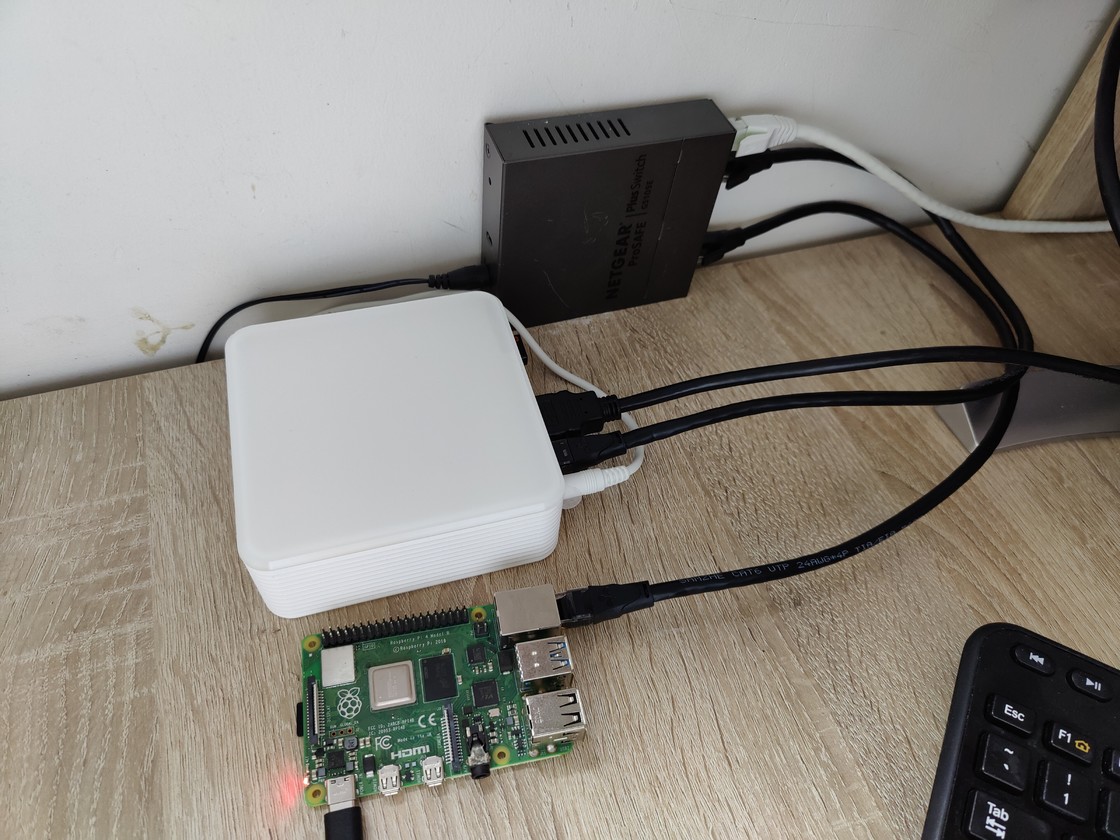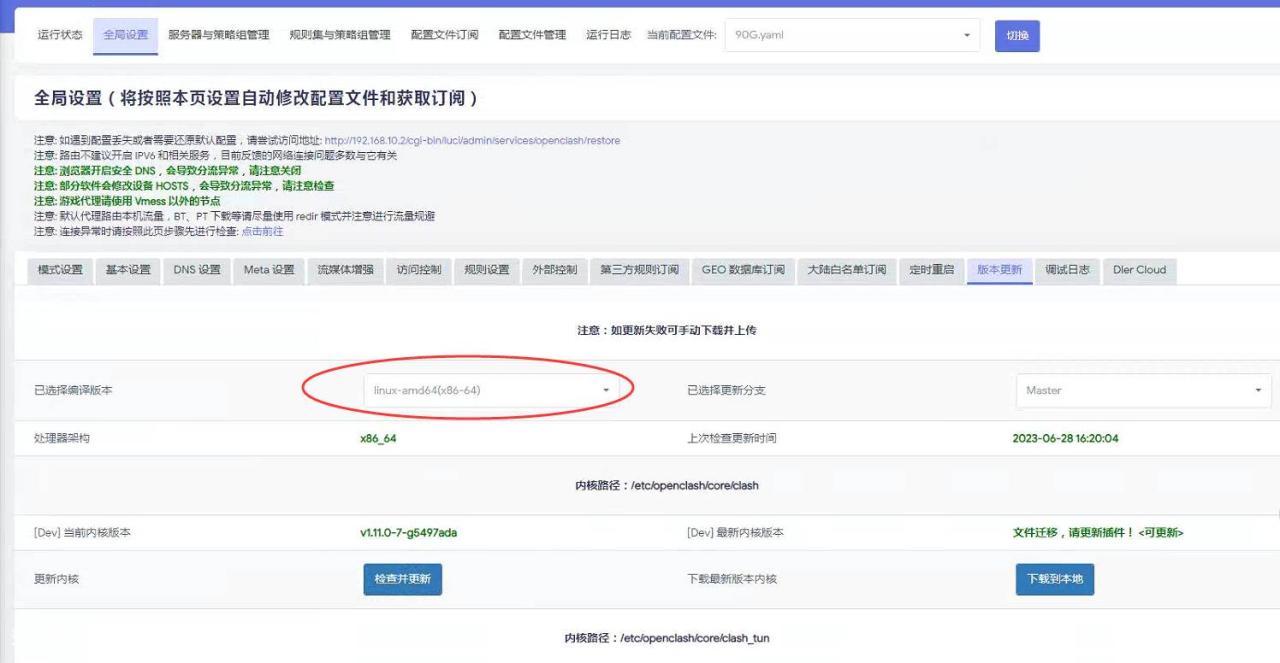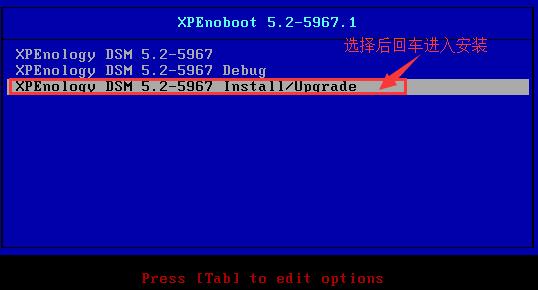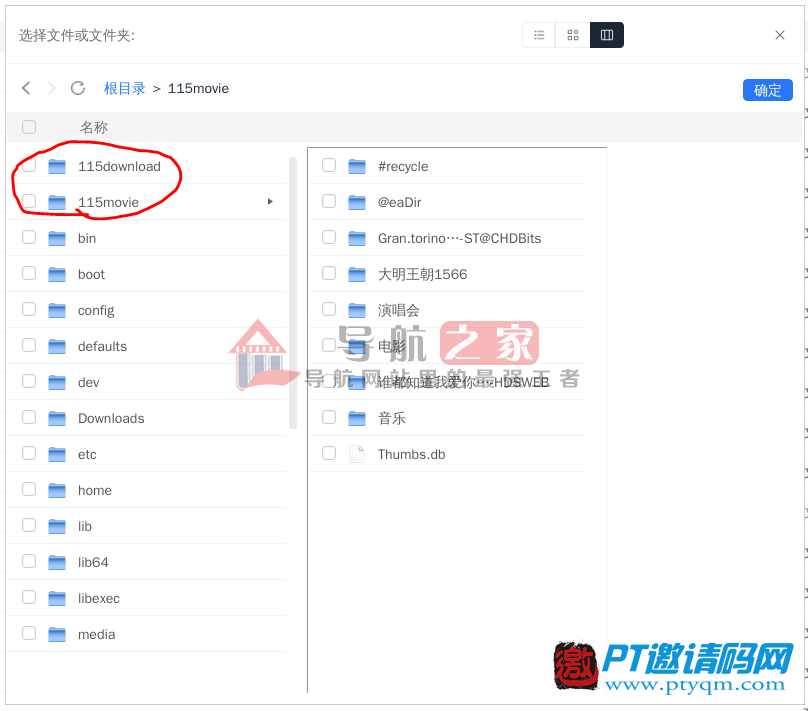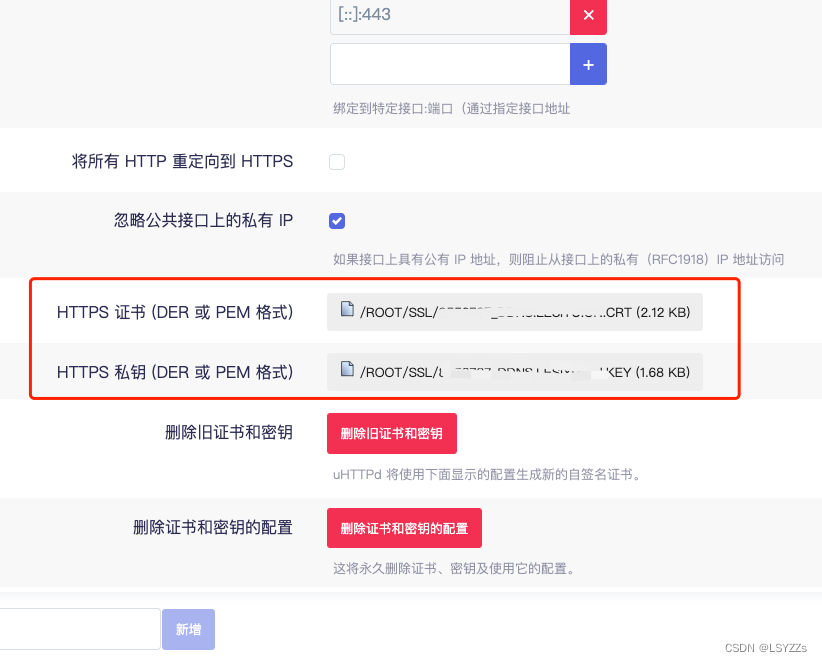Warning
The
--linkflag is a legacy feature of Docker. It may eventually be removed. Unless you absolutely need to continue using it, we recommend that you use user-defined networks to facilitate communication between two containers instead of using--link. One feature that user-defined networks do not support that you can do with--linkis sharing environment variables between containers. However, you can use other mechanisms such as volumes to share environment variables between containers in a more controlled way.See Differences between user-defined bridges and the default bridge for some alternatives to using
--link.
The information in this section explains legacy container links within the Docker default bridge network which is created automatically when you install Docker.
Before the Docker networks feature, you could use the Docker link feature to allow containers to discover each other and securely transfer information about one container to another container. With the introduction of the Docker networks feature, you can still create links but they behave differently between default bridge network and user defined networks.
This section briefly discusses connecting via a network port and then goes into detail on container linking in default bridge network.
Connect using network port mapping
Let’s say you used this command to run a simple Python Flask application:
Note: Containers have an internal network and an IP address. Docker can have a variety of network configurations. You can see more information on Docker networking here.
When that container was created, the -P flag was used to automatically map any network port inside it to a random high port within an ephemeral port range on your Docker host. Next, when docker ps was run, you saw that port 5000 in the container was bound to port 49155 on the host.
You also saw how you can bind a container’s ports to a specific port using the -p flag. Here port 80 of the host is mapped to port 5000 of the container:
And you saw why this isn’t such a great idea because it constrains you to only one container on that specific port.
Instead, you may specify a range of host ports to bind a container port to that is different than the default ephemeral port range:
This would bind port 5000 in the container to a randomly available port between 8000 and 9000 on the host.
There are also a few other ways you can configure the -p flag. By default the -p flag binds the specified port to all interfaces on the host machine. But you can also specify a binding to a specific interface, for example only to the localhost.
This would bind port 5000 inside the container to port 80 on the localhost or 127.0.0.1 interface on the host machine.
Or, to bind port 5000 of the container to a dynamic port but only on the localhost, you could use:
You can also bind UDP and SCTP (typically used by telecom protocols such as SIGTRAN, Diameter, and S1AP/X2AP) ports by adding a trailing /udp or /sctp. For example:
You also learned about the useful docker port shortcut which showed us the current port bindings. This is also useful for showing you specific port configurations. For example, if you’ve bound the container port to the localhost on the host machine, then the docker port output reflects that.
Note: The
-pflag can be used multiple times to configure multiple ports.
Network port mappings are not the only way Docker containers can connect to one another. Docker also has a linking system that allows you to link multiple containers together and send connection information from one to another. When containers are linked, information about a source container can be sent to a recipient container. This allows the recipient to see selected data describing aspects of the source container.
To establish links, Docker relies on the names of your containers. You’ve already seen that each container you create has an automatically created name; indeed you’ve become familiar with our old friend nostalgic_morse during this guide. You can also name containers yourself. This naming provides two useful functions:
You can name your container by using the --name flag, for example:
This launches a new container and uses the --name flag to name the container web. You can see the container’s name using the docker ps command.
You can also use docker inspect to return the container’s name.
Note: Container names must be unique. That means you can only call one container
web. If you want to re-use a container name you must delete the old container (withdocker container rm) before you can create a new container with the same name. As an alternative you can use the--rmflag with thedocker runcommand. This deletes the container immediately after it is stopped.
Links allow containers to discover each other and securely transfer information about one container to another container. When you set up a link, you create a conduit between a source container and a recipient container. The recipient can then access select data about the source. To create a link, you use the --link flag. First, create a new container, this time one containing a database.
This creates a new container called db from the training/postgres image, which contains a PostgreSQL database.
Now, you need to delete the web container you created previously so you can replace it with a linked one:
Now, create a new web container and link it with your db container.
This links the new web container with the db container you created earlier. The --link flag takes the form:
Where name is the name of the container we’re linking to and alias is an alias for the link name. That alias is used shortly. The --link flag also takes the form:
In this case the alias matches the name. You could write the previous example as:
Next, inspect your linked containers with docker inspect:
You can see that the web container is now linked to the db container web/db. Which allows it to access information about the db container.
So what does linking the containers actually do? You’ve learned that a link allows a source container to provide information about itself to a recipient container. In our example, the recipient, web, can access information about the source db. To do this, Docker creates a secure tunnel between the containers that doesn’t need to expose any ports externally on the container; when we started the db container we did not use either the -P or -p flags. That’s a big benefit of linking: we don’t need to expose the source container, here the PostgreSQL database, to the network.
Docker exposes connectivity information for the source container to the recipient container in two ways:
- Environment variables,
- Updating the
/etc/hostsfile.
Docker creates several environment variables when you link containers. Docker automatically creates environment variables in the target container based on the --link parameters. It also exposes all environment variables originating from Docker from the source container. These include variables from:
- the
ENVcommands in the source container’s Dockerfile - the
-e,--env, and--env-fileoptions on thedocker runcommand when the source container is started
These environment variables enable programmatic discovery from within the target container of information related to the source container.
Warning: It is important to understand that all environment variables originating from Docker within a container are made available to any container that links to it. This could have serious security implications if sensitive data is stored in them.
Docker sets an <alias>_NAME environment variable for each target container listed in the --link parameter. For example, if a new container called web is linked to a database container called db via --link db:webdb, then Docker creates a WEBDB_NAME=/web/webdb variable in the web container.
Docker also defines a set of environment variables for each port exposed by the source container. Each variable has a unique prefix in the form:
The components in this prefix are:
- the alias
<name>specified in the--linkparameter (for example,webdb) - the
<port>number exposed - a
<protocol>which is either TCP or UDP
Docker uses this prefix format to define three distinct environment variables:
- The
prefix_ADDRvariable contains the IP Address from the URL, for exampleWEBDB_PORT_5432_TCP_ADDR=172.17.0.82. - The
prefix_PORTvariable contains just the port number from the URL for exampleWEBDB_PORT_5432_TCP_PORT=5432. - The
prefix_PROTOvariable contains just the protocol from the URL for exampleWEBDB_PORT_5432_TCP_PROTO=tcp.
If the container exposes multiple ports, an environment variable set is defined for each one. This means, for example, if a container exposes 4 ports that Docker creates 12 environment variables, 3 for each port.
Additionally, Docker creates an environment variable called <alias>_PORT. This variable contains the URL of the source container’s first exposed port. The ‘first’ port is defined as the exposed port with the lowest number. For example, consider the WEBDB_PORT=tcp://172.17.0.82:5432 variable. If that port is used for both tcp and udp, then the tcp one is specified.
Finally, Docker also exposes each Docker originated environment variable from the source container as an environment variable in the target. For each variable Docker creates an <alias>_ENV_<name> variable in the target container. The variable’s value is set to the value Docker used when it started the source container.
Returning back to our database example, you can run the env command to list the specified container’s environment variables.
You can see that Docker has created a series of environment variables with useful information about the source db container. Each variable is prefixed with DB_, which is populated from the alias you specified above. If the alias were db1, the variables would be prefixed with DB1_. You can use these environment variables to configure your applications to connect to the database on the db container. The connection is secure and private; only the linked web container can communicate with the db container.
Unlike host entries in the /etc/hosts file, IP addresses stored in the environment variables are not automatically updated if the source container is restarted. We recommend using the host entries in /etc/hosts to resolve the IP address of linked containers.
These environment variables are only set for the first process in the container. Some daemons, such as sshd, scrub them when spawning shells for connection.
In addition to the environment variables, Docker adds a host entry for the source container to the /etc/hosts file. Here’s an entry for the web container:
You can see two relevant host entries. The first is an entry for the web container that uses the Container ID as a host name. The second entry uses the link alias to reference the IP address of the db container. In addition to the alias you provide, the linked container’s name, if unique from the alias provided to the --link parameter, and the linked container’s hostname are also added to /etc/hosts for the linked container’s IP address. You can ping that host via any of these entries:
Note: In the example, you had to install
pingbecause it was not included in the container initially.
Here, you used the ping command to ping the db container using its host entry, which resolves to 172.17.0.5. You can use this host entry to configure an application to make use of your db container.
Note: You can link multiple recipient containers to a single source. For example, you could have multiple (differently named) web containers attached to your
dbcontainer.
If you restart the source container, the /etc/hosts files on the linked containers are automatically updated with the source container’s new IP address, allowing linked communication to continue.
原文链接:https://docs.docker.com/network/links/



